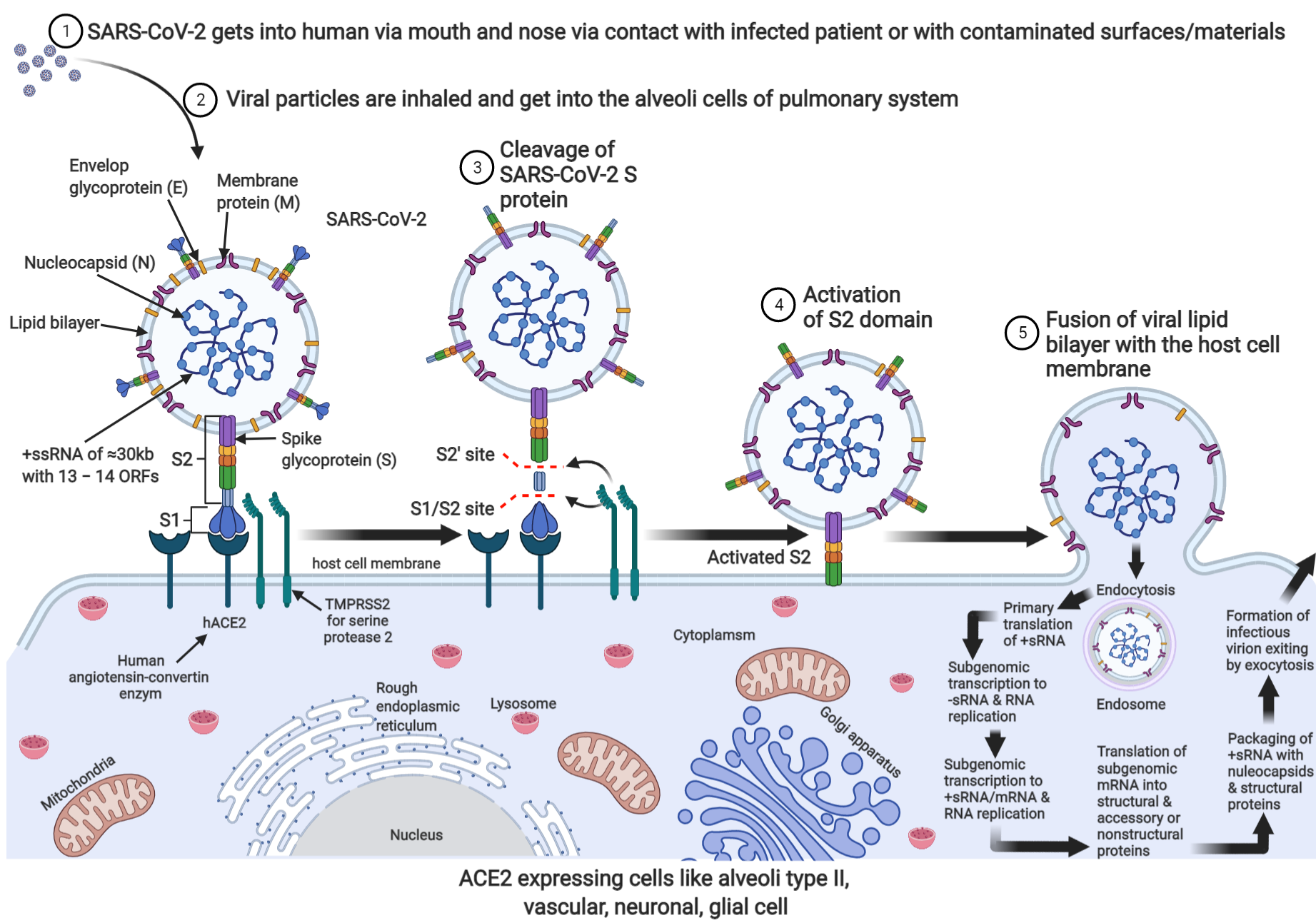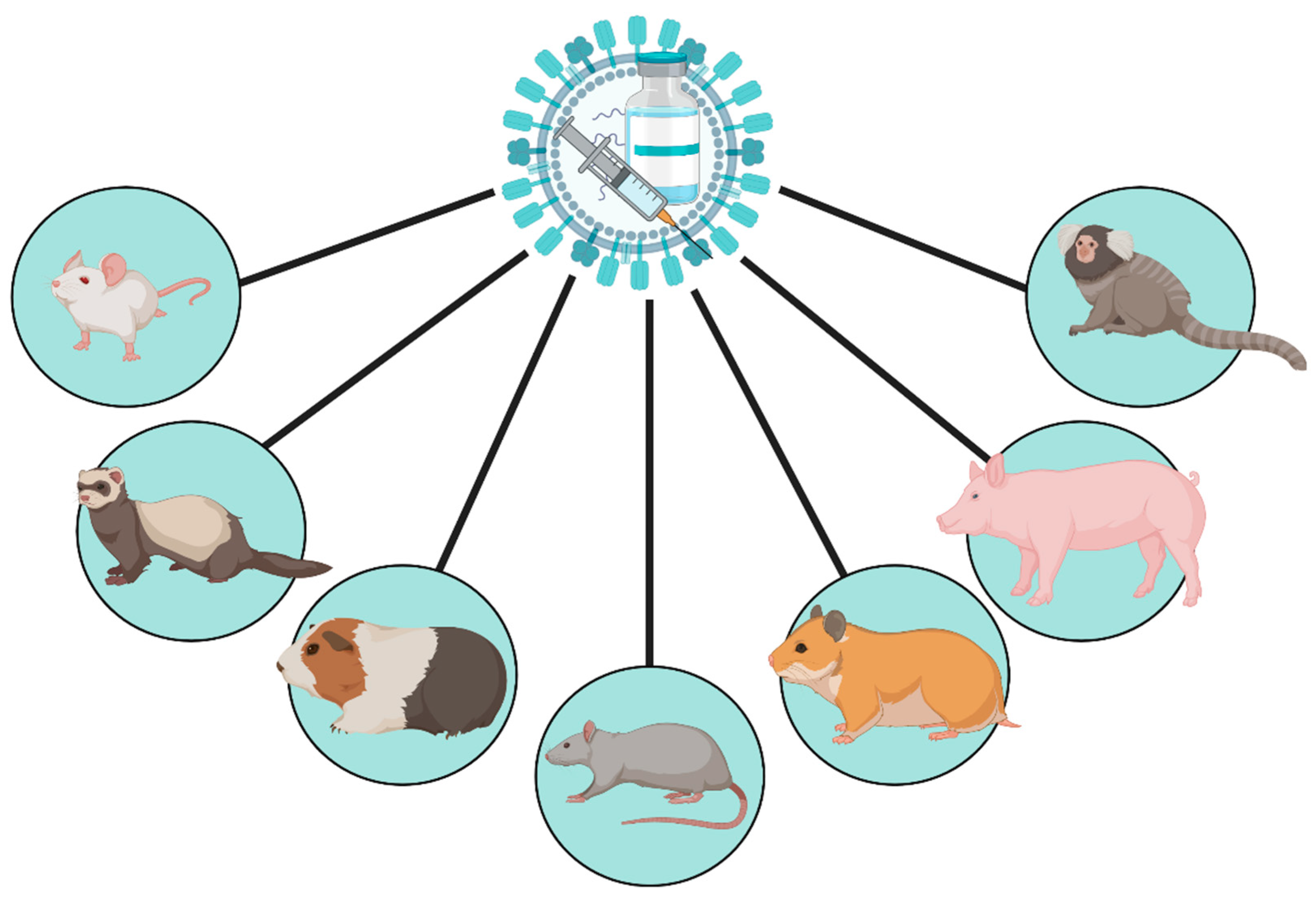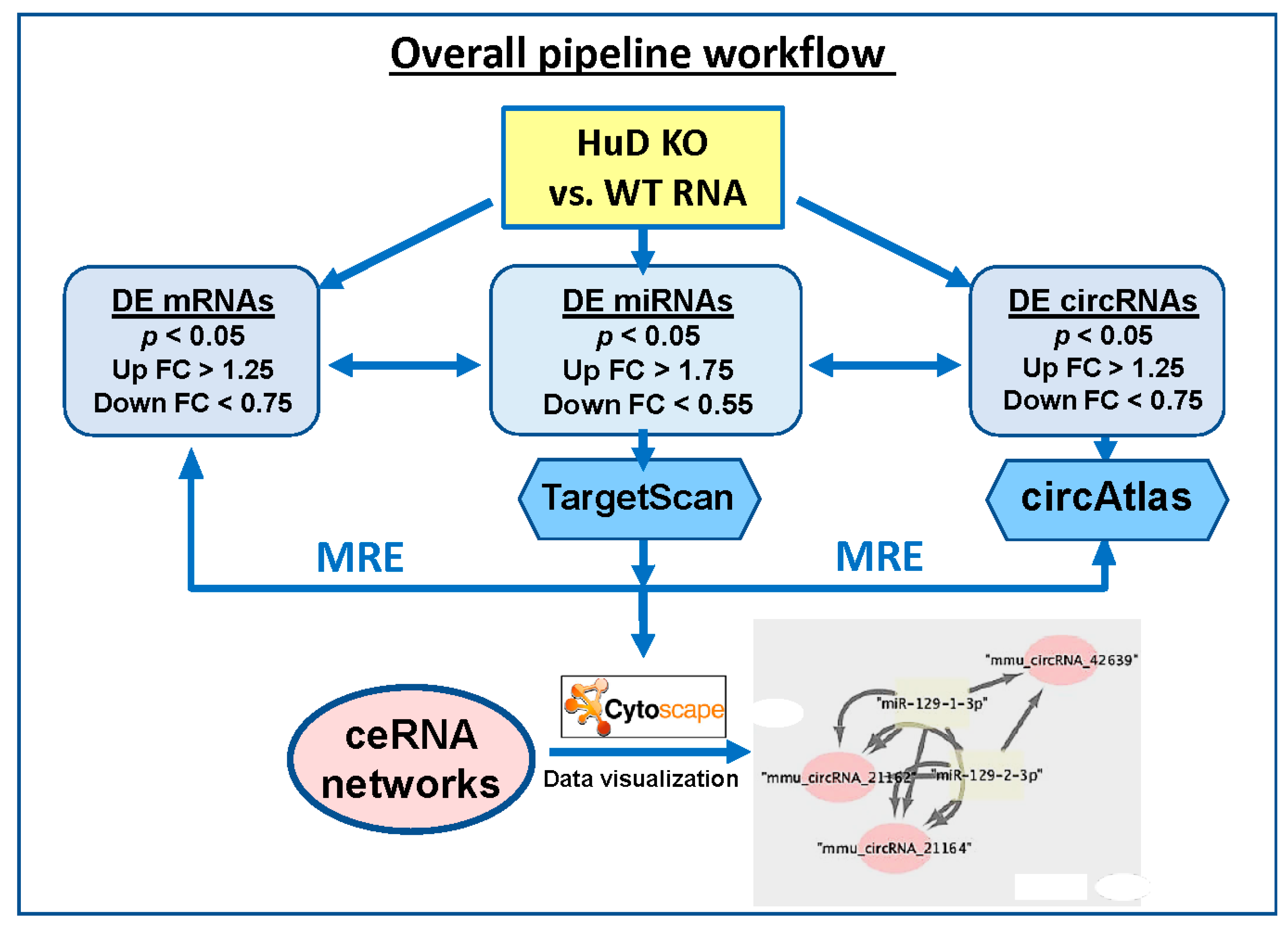Transgenic Animals Online Biology Notes

The animal production industry is gradually reaching towards revolution due to the development of genetic map knowledge of expression of genes and techniques for large propagation.
Transgenic animals online biology notes. The commonest species is Vorticella campanula. After injecting the DNA the embryo is implanted into the uterus of receptive females. The key disadvantages of microinjection are that it is long costly and needs to be carried out by trained and certified workers.
Improvement in the genetic characteristics of livestock and other domestic animals eg high milk yield weight gain etc in the early. The most common method for producing transgenic plants is Agrobacterium-mediated transformation Figure PageIndex1Agrobacterium tumifaciens is a soil bacterium that as part of its natural pathogenesis injects its own tumor-inducing T i plasmid into cells of a host plantThe natural T i plasmid encodes growth-promoting genes that cause a gall ie. 2 study of diseases susceptibility to different diseases has been found to the genetically controlled transgenic animals can be used to study how genes take part in the development of diseases.
Transgenic animals are created-To study how genes are regulated and how they affect the normal functions of the body and its development. Transgenic animals are made to carry genes which make them more sensitive to toxic substances than non-transgenic animals. The sequence data has led to the estimation that only about 1 percent of.
Toxicity testing in such animals will allow us to obtain results in less time. Transgenesis is the process by which mixing up of genes takes place. Transgenic rats rabbits pigs sheep cows and fish- Over 95 of the transgenic animals are miceBenefits of transgenic animals To study regulation of genes and their action on normal physiology development.
These are the animals whose genome has been altered by introduction of a foreign gene by manipulation. Transgenic animals produced with the purpose of producing better. Foreign genes are inserted into the germ line of the animal so it can be transmitted to the progeny.
Transgenic mice are developed by injecting DNA into the oocytes or 1-2 celled embryos taken from female mice. One whose genome has been altered in a heritable manner by introduction of a foreign DNA sequence into genome of its zygote or embryo. In 2003 the project was completed resulting in the sequencing of all human chromosomes.



















